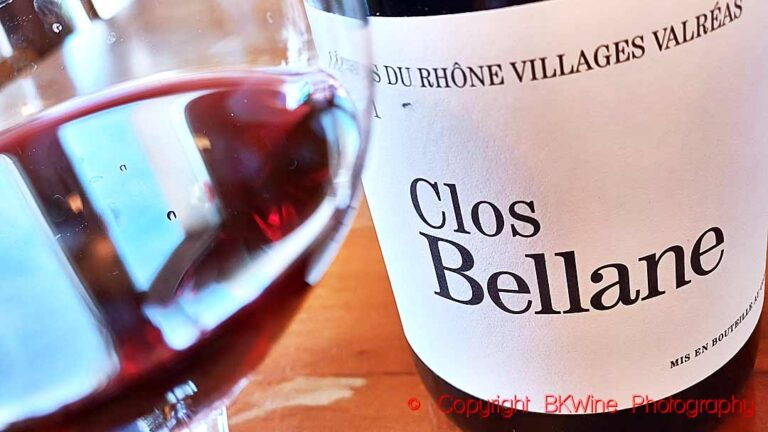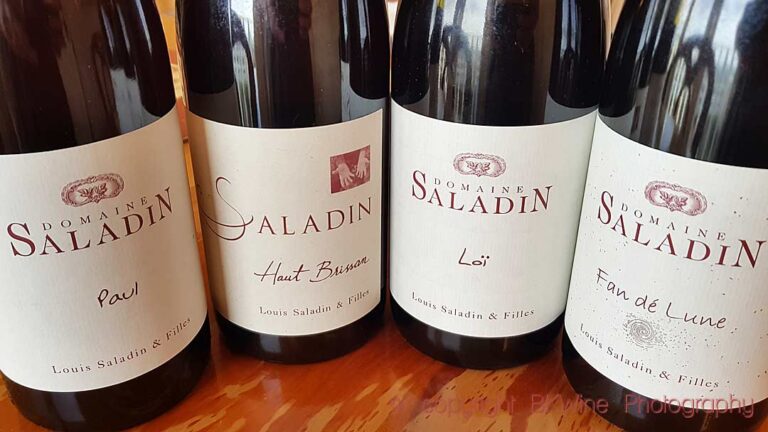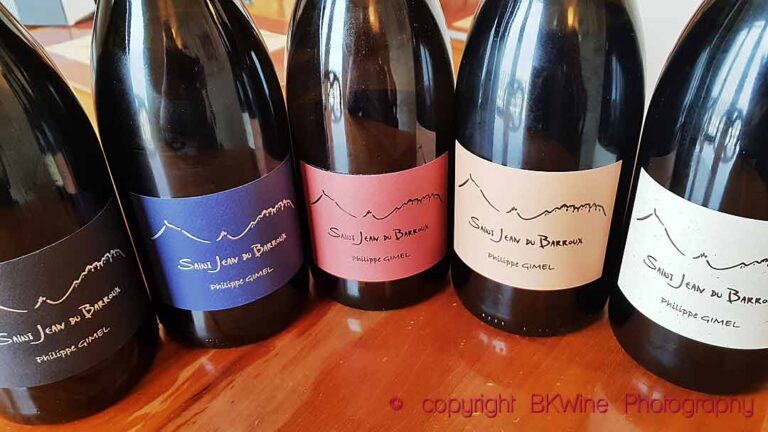The house M. Chapoutier was founded in the 19th century and has always been respected for its good quality. But the real leap from good quality to exceptional was taken when the dynamic Michel took over the lead in 1990. He initiated a series of changes that have made Chapoutier one of France’s most famous and renowned wine producers. The attention does not only come from the high-quality wines but also, for example, from the introduction of Braille on the labels, from the vineyards being managed biodynamically, from the fact that money is collected for leukaemia patients and much more.
Chapoutier makes wines throughout the Rhône Valley, and today even far beyond France’s borders, but the company is based in Tain l’Hermitage, at the foot of the mighty, steep Hermitage Hill. And it is precisely from Hermitage that their most famous wines come. Here in the granite soil, the syrah grape thrives to the fullest. Blending in the white grapes marsanne or roussanne – which is allowed up to 15% – is not something that Chapoutier is keen on. Their main sellers here are the red hermitage Monier de la Sizeranne (around 65 euros) and the white Chante Alouette (~60 euros), plus some single-vineyard wines that stretch up to the sky in price (more than 700 euros).
In general, they only want one grape variety in each wine, although today that principle is not always followed. Not so unusual in the case of the red wines from the northern part of the Rhône, but more unusual in the case of, for example, Châteauneuf-du-Pape. Originally, Chapoutier made his Châteauneuf on 100% grenache. Of course, it was a natural choice when the vineyards were planted with only grenache when they bought them. Still, it was not something they necessarily wanted to change because they think the soil gets a better expression with only grenache. Today, the CH9 range has been broadened, five reds and one white, and grenache is still dominant, although some cuvées also contain other grapes.
As soon as Michel took over the leadership of Chapoutier, a great deal of work began to study and map the variations in the soil on the Hermitage Jill and the appellations Crozes-Hermitage, Côte Rôtie, Saint-Joseph and Châteauneuf-du-Pape. This work eventually gave rise to the wines known as sélections parcellaires, a kind of single-vineyard wine. These wines, according to Chapoutier, are the ultimate expression of their appellations. But the soil itself is not enough; the vines must also be old. At Chapoutier, they consider that vines are old at 40-50 years of age. For these single-vineyard wines, they are often even older. The old vines have long roots that penetrate deep into the soil. These sélections parcellaires come from small demarcated areas, often only a few hectares in size. Yields are very low. With such old vines, there will never be many bunches on each vine.
At Chapoutier, they think it is important that the wine should taste of its origin and the origin of a wine lies in the soil. So when Michel Chapoutier took over, it was natural for him to gradually turn all his vineyards into biodynamic cultivation. Growing organically is the first step; allowing the soil to regain its natural microbiological life is the first prerequisite for the wine to have a character of its origin, according to Chapoutier. But why switch to biodynamic farming? Will the wine get better? They concede that it is difficult to answer that question. What you are looking for is complexity, another dimension to the wine, finesse, and you seem to get that with biodynamics. If the wines get better, it is for the customer to decide. Although the entire business is very focused on biodynamic and organic production, today, their range also includes wines that are conventional. The scale of the business probably makes it difficult to do differently.
Today, Chapoutier also makes interesting wines in Roussillon. Here, they started with mapping le terroir because they lacked experience of the type of soil found in Roussillon. But they soon realised that it is as complex and varied as the one in the Rhône Valley. The property that was created is called Domaine de Bila-Haut. It extends over 70 hectares of rocky slopes, not far from Perpignan. Today, around a dozen wines are made here, including the appellations Côtes du Roussillon Villages and Collioure. Here it is very sunny, and it rains little and the summers are very hot. Here, too, they work biodynamically. The grapes are carignan, syrah and grenache, and the vines are old, some over 90 years. The cuvée Bila-Haut gives a nice, warm, berry-fruity, relatively uncomplicated wine with a lot of syrah character, while Occultum Lapidem has more structure and spiciness.
Under Michel’s leadership, M Chapoutier has grown into one of France’s really big wine giants, great both in reputation and in production. In France, they make wine throughout the Rhône Valley, but also in Roussillon, Provence, Burgundy, Champagne and Languedoc. Outside France, Chapoutier has established itself in Spain (Dominio del Soto), the Douro Valley in Portugal (Dos Lusiadas), Germany (Schieferkopf) and Australia (Tournon). Chapoutier makes well over 200 different wines, which they sell their own wine shops in several cities.














